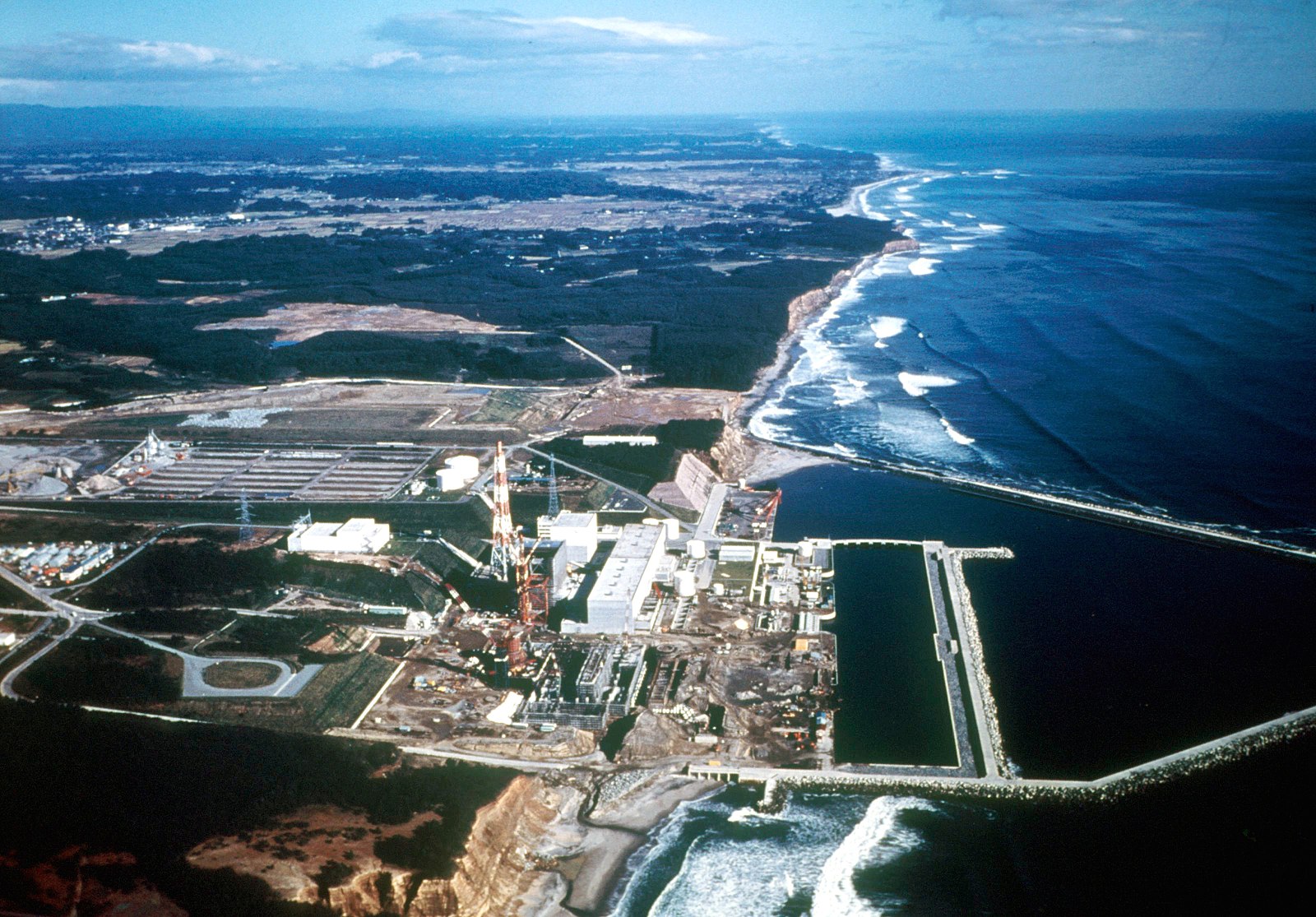Fukushima Plant.jpg

Part 2 of 2 Parts (Please read Part 1 first)
It was not until 2017 that engineers working on the Fukushima cleanup really understood just exactly how complicated the cleanup and decommissioning of Fukushima would be. By that time, five special robots had been constructed and released into the flooded wreckage of the plant to explore the dark, contaminated waters that had been pumped in to cool the uranium nuclear fuel. Unfortunately, the radiation in the water destroyed the electronics in the robots. One of the robots developed by Toshiba was called the “little sunfish.” This robot was about the size of a loaf of bread, and it did provide an early glimpse of the terrible damage surrounding the nuclear cores.
Kenji Matsuzaki is a robot technician at Toshiba who led development of the "sunfish". He had assumed that the robot would find the melted nuclear fuel at the bottom of the reactor containment vessels. However, the first video images returned by the sunfish robot showed terrible destruction. Structures were overturned inside the reactors and there were tangles of unidentifiable brown debris and radioactive metals. He said, “I expected it to be broken, but I didn't expect it would be this bad.”
The U.K. Nuclear Decommissioning Authority was commissioned to develop a sixteen-million dollar robotic arm to begin the task of removing the fuel. Unfortunately, the delivery of the arm has been delayed until 2022. TEPCO intends to use the arm to grab some of the debris from the inside of the Unit 2 reactor in order to test it and to help plan the main operation for the removal of the fuel from all the reactors.
There have been some successes at Fukushima. Around two thousand spent nuclear fuel rods in the Unit 3 and Unit 4 reactors have been removed following the erection of giant frames and cranes over the ruins of the reactor buildings. If those fuel rods had been overheated, there would have been another huge release of radiological materials.
The radiation has been reduced over most of the Fukushima worksite which is roughly the size of New York’s Central Park. In most areas of the plant, the five thousand workers do not need special protective equipment which had been slowing the work during Japan’s hot and humid summers.
The cleanup has been delayed by the accumulation of contaminated water in tanks that crowd the site. The melted cores still require cooling water to be constantly circulated in the ruined reactor vessels. The water is pumped out and treated. The storage tanks now hold enough water to fill more than five hundred Olympic-sized swimming pools. TEPCO expects that all available storage space will be full by next year. Most experts expect that the water will be released into the Pacific Ocean after further treatment. Fishing communities in Japan have lobbied the Japanese government to not release the stored water. South Korea and China have both registered objections to the release of the contaminated water.
There is still no plan for where the radioactive debris from the disaster will be permanently disposed of. Hiroshi Miyano is the head of the decommissioning committee of the Atomic Energy Society of Japan. He said, "It's no good just moving highly radioactive waste from inside the nuclear reactor to somewhere else in the plant. Where will the waste go? Will it be pulverized? These are the questions that need to be asked."